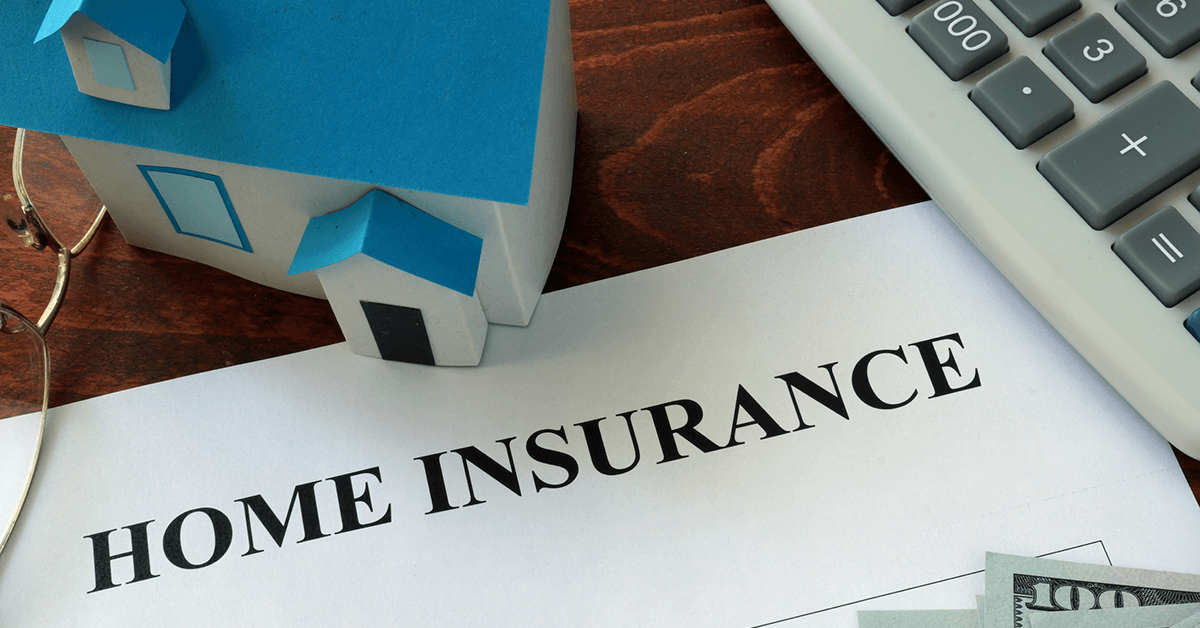
Homeowner Insurance Rates Are Rising
5 Ways to Lower Your Homeowners Insurance Costs
Homeowners’ insurance rates are steadily rising across the country. A surge of natural disasters in 2019 and 2020 have resulted in huge insurance payouts, and rate hikes soon followed. The Office for Coastal Management’s data shows that “in 2019 alone, the U.S. experienced 14 billion-dollar disasters.” As a result, many homeowners can expect to pay more for insurance. The National Association of Insurance Commissioners notes “home insurance rates are up almost 47 percent in the last 10 years.”
The article Homeowners Insurance Rates Are Rising – Particularly in These States notes that figures from Lending Tree’s data site Value Penguin, show these 10 states have the fastest rising home insurance rates.
1. California
- Average premium: $1,826
- Increase over 2019: 3%
2. Nebraska
- Average premium: $1,749
- Increase over 2019: 6%
3. Illinois
- Average premium: $1,405
- Increase over 2019: 4%
4. South Dakota
- Average premium: $2,364
- Increase over 2019: 3%
5. Utah
- Average premium: $711
- Increase over 2019: 2%
6. Rhode Island
- Average premium: $1,414
- Increase over 2019: 1%
7. Georgia
- Average premium: $1,713
- Increase over 2019: 0%
8. Virginia
- Average premium: $1,341
- Increase over 2019:8%
9. Idaho
- Average premium: $940
- Increase over 2019: 5%
10. New Mexico
- Average premium: $1,284
- Increase over 2019: 3.5%
Even if you don’t live in one of the 10 states listed as having the fastest rising home insurance rates, you may still see an increase in cost. However, there are steps you can take to lower your homeowners insurance costs.
- Shop Around: It can be time-consuming to investigate various insurers, but the money you can save might be worth it. Start by checking with the National Association of Insurance Commissioners (NAIC). Here you can find information to help you choose an insurer in your state. You can also check with your state insurance department for rate comparisons. While it’s advisable to get multiple quotes to compare prices, make sure the providers are highly rated for serving customers filing claims.
- Raise Your Deductible: A deductible is the sum of money you pay toward a loss before your insurance begins payment on a claim. If you have a higher deductible, you can save money on your premiums. The Insurance Information Institute notes, “Most insurance companies recommend a deductible of at least $500. If you can afford to raise your deductible to $1,000, you may save as much as 25 percent.” Remember, you may have a separate deductible for specific disaster-related damage like windstorms, earthquakes, and hail.
- Combine Your Home and Auto Policies: Often, if you bundle your insurance policies (home and auto) with one company you can save 25 percent in premiums. It is still smart to make sure your total price is lower with the bundled policies than if you were to buy two policies from two different companies.
- Make Disaster Resistant Home Improvements: You may be able to save on premiums if you make disaster resistant home improvements. You should check with your insurance agent to find out which upgrades, if any, can save you money. Each disaster comes with its own set of appropriate upgrades. Homeowners in wildfire-prone areas like California and Arizona will benefit from different upgrades than homeowners living in hurricane-prone areas like North Carolina, Louisiana, and Florida.
- Improve Your Credit Score: Having a good credit score can reduce your insurance costs. To make sure your credit history is solid you should pay your bills on time, keep your credit balances as low as possible, and limit your open credit accounts.
Insurance rates can be expected to rise annually. However, steeper than typical increases may have homeowners scrambling to find ways to cut costs. With a little time and attention to your property and your policy, you may be able to find ways to lower your homeowners insurance costs.
Time to Focus on Affordable Housing
Taxes on real estate are not the answer. Sign the petition calling on Congress to address our country’s housing shortage.





